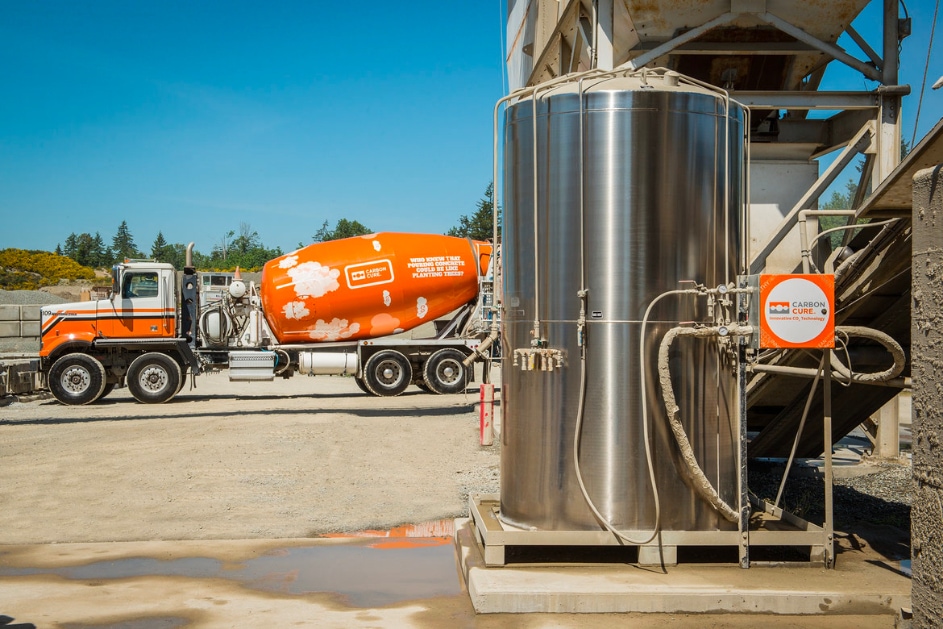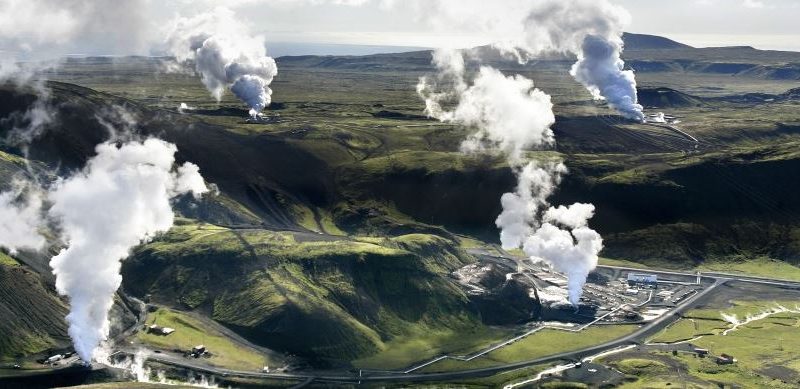To: The Impact Readers
Howdy 🤠
We had a deep conversation internally this week wondering about how we should approach The Impact and what would make it better and more enjoyable to readers.
As part of that discussion we decided that fewer, higher quality posts that dive into how we see companies and different technologies impacting the world.
We also found this hilarious youtube video of a raccoon.
In Your Inbox: Clean Concrete might finally enter the world; Geothermal might actually make financial sense

CarbonCure Technologies just closed a round of funding for an undisclosed amount of money. Notable investors include Amazon’s Climate Pledge Fund and Breakthrough Energy Ventures (with others in the syndicate). CarbonCure recycles waste carbon dioxide to make stronger and greener concrete.
Why does this matter?
What’s next?
Thoughts
Carbon offset purchases are only one way for companies to go carbon neutral. It is just as important, if not more important, for companies to adopt greener and more sustainable practices/operations. Purchasing carbon offsets is the easier of the two options to become carbon neutral, but it is not enough. Carbon offsets should primarily be used for small and medium sized businesses that can’t afford to change their practices, meanwhile large companies should take responsibility for their footprint.
Sign up for The Impact and learn the perspectives behind the latest sustainability trends

Transitional Energy is working on transitioning existing oil and gas wells and infrastructure into clean baseload power generators. Traditional geothermal is high risk and typically uneconomic, however Transitional Energy is providing a novel solution to this problem.
Why does this matter?
What’s next?
Thoughts
The cost of transitioning wells from oil and gas to geothermal is a few tens of thousands of dollars, depending on the work the well needs. Revenue from electrical sales are typically handled through power purchase agreements that have terms anywhere from 10 to 40 years. The initial projects modeled have returns from 25% to above 100% depending revenue and expenses. Converting used wells into geothermal resources would be a great use of “abandoned” land/resources.
Aric is the CEO/Founder of Envoy There a startup making Electric Vehicles an amenity. Ian Sumner sits downs with Aric to learn about how car sharing can be ingrained into American Culture.
Check out and subscribe to our Youtube Channel for future episodes!
Writers: Swarnav S Pujari, Ian Sumner, Daniel Kriozere
If you aren’t absolutely thrilled with The Impact, reply and let us know why. Or you can unsubscribe from all updates by clicking here.
Copyright © The Impact 2020. All Rights Reserved || 19 Morris Ave, Bldg 128, Brooklyn NY 11205
Develop your market map of up-and-coming climate startups and market opportunities by subscribing to our weekly newsletter for free.